Art - VCE & Year 10
Update

Art - VCE & Year 10
Update
‘Who do you think you are?’ was the first topic students explored for VCE Unit 1 Art. The work produced reflects not only the cultural diversity of our school but also some of the issues faced by our students that make them who they are. These artworks were developed through a studio process of research, exploration and refinement. In creating the message in their artwork students made decisions about the imagery, the use of art elements and principles to create aesthetics and the materials and techniques best suited to what they were trying to convey.

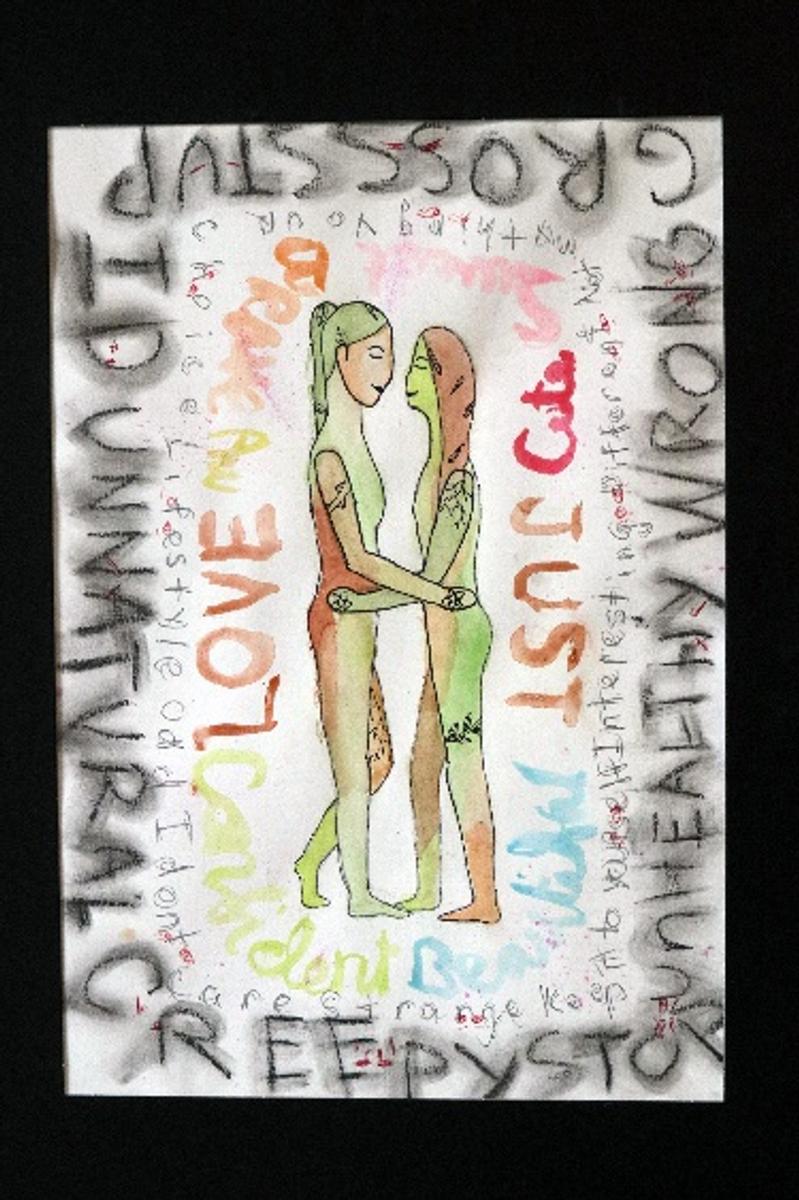
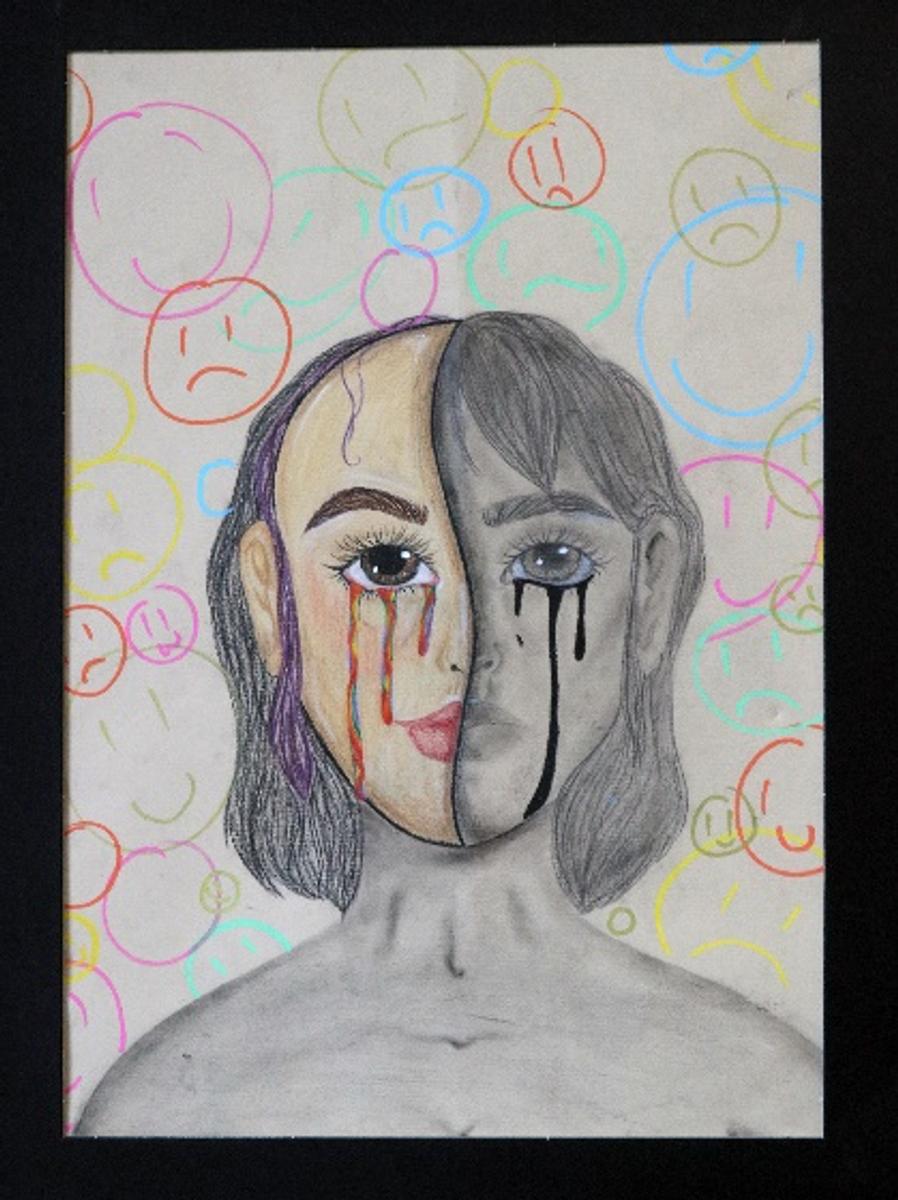
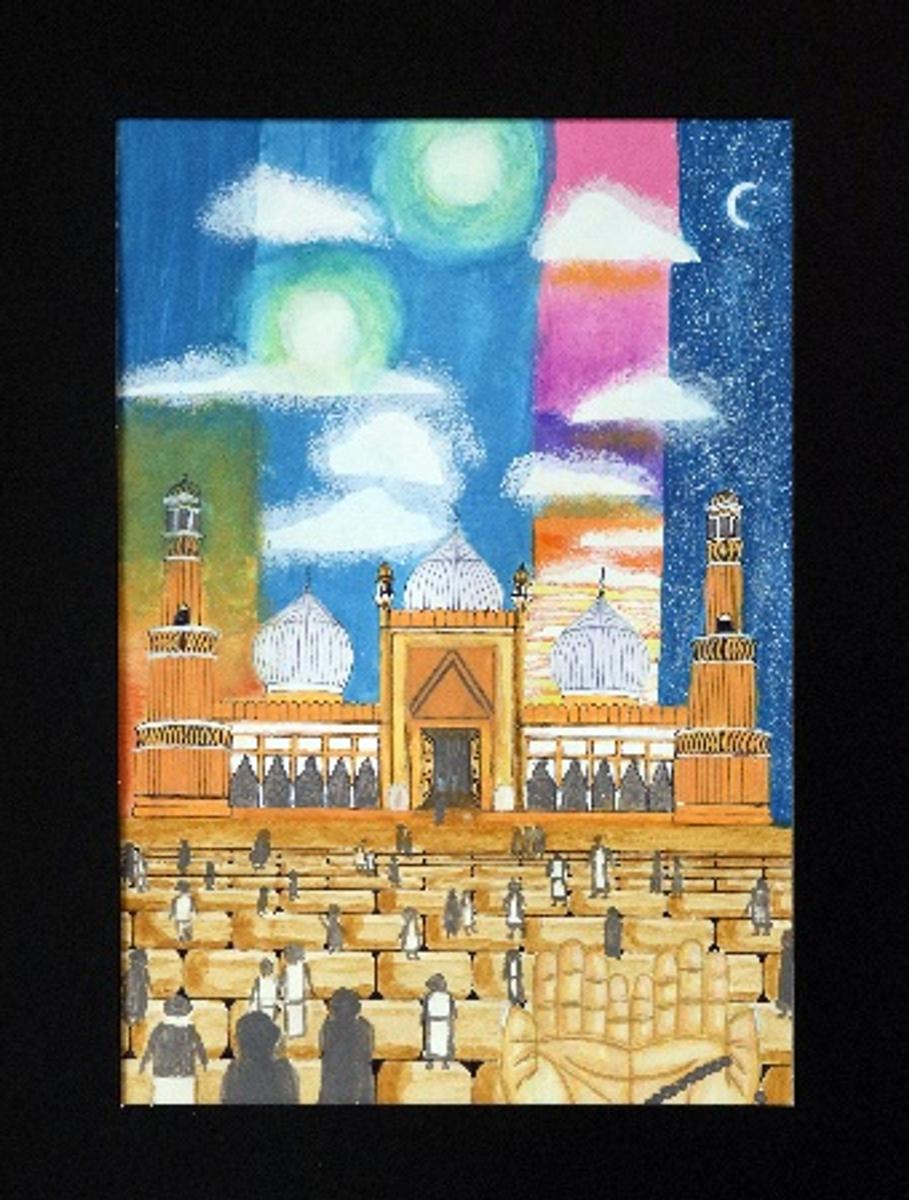
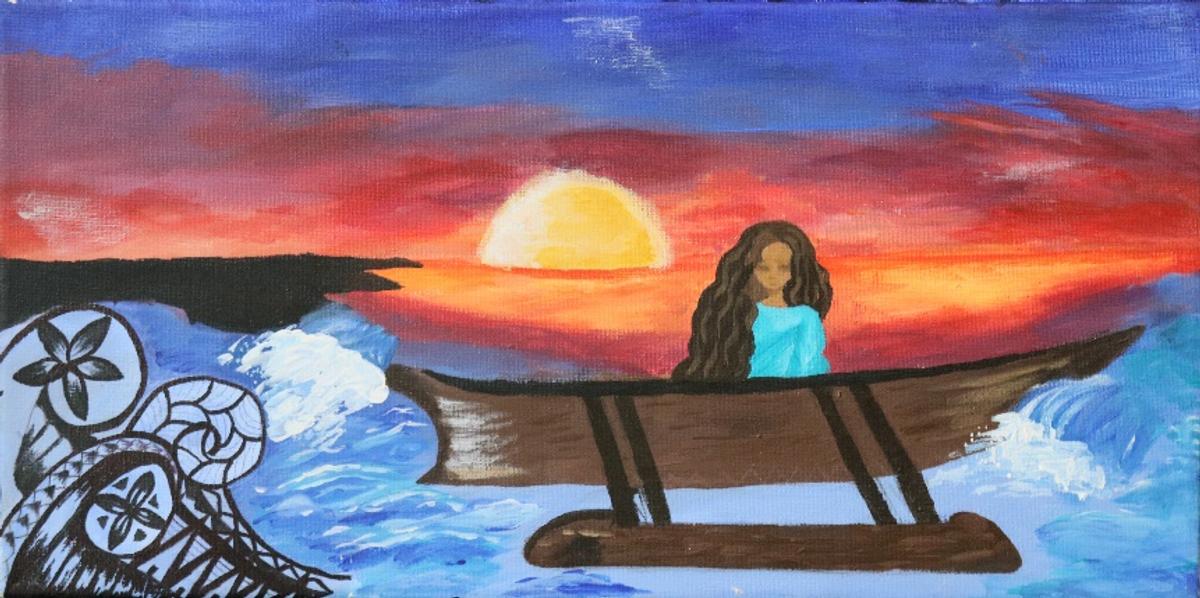
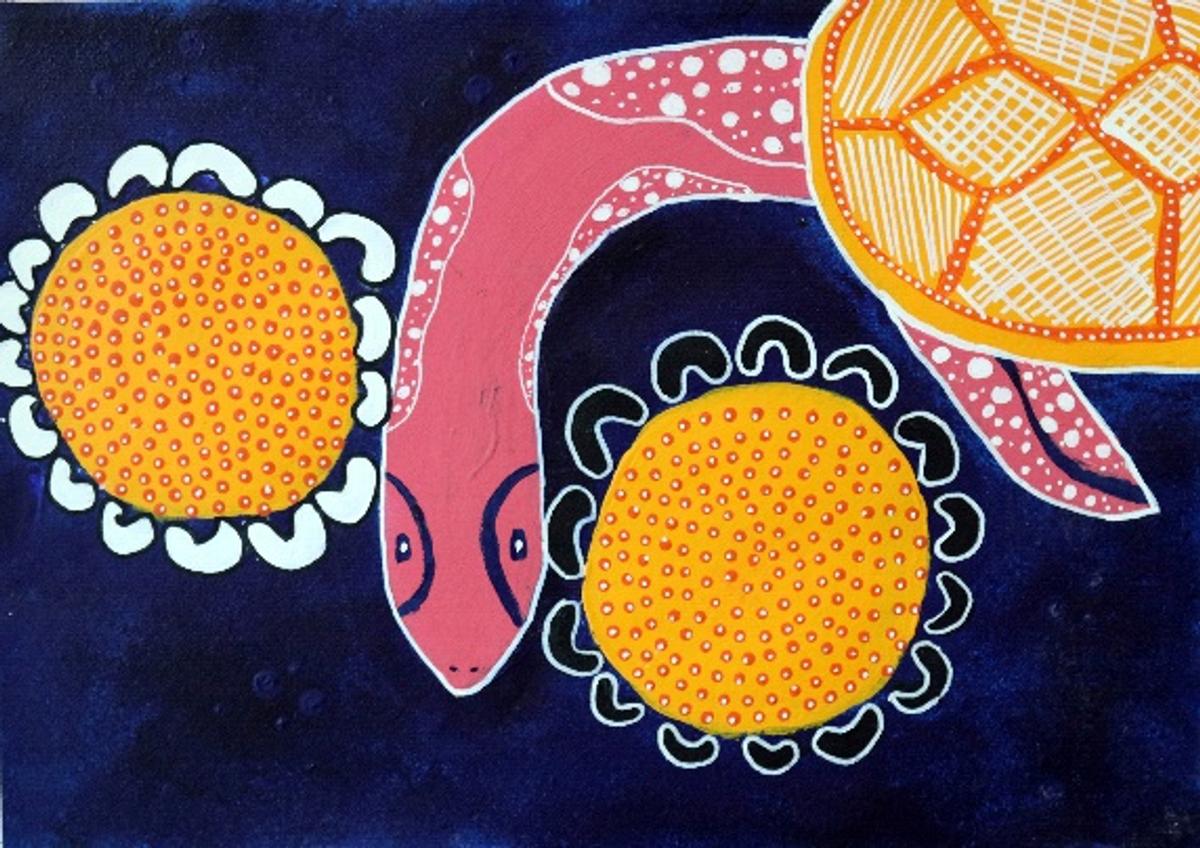
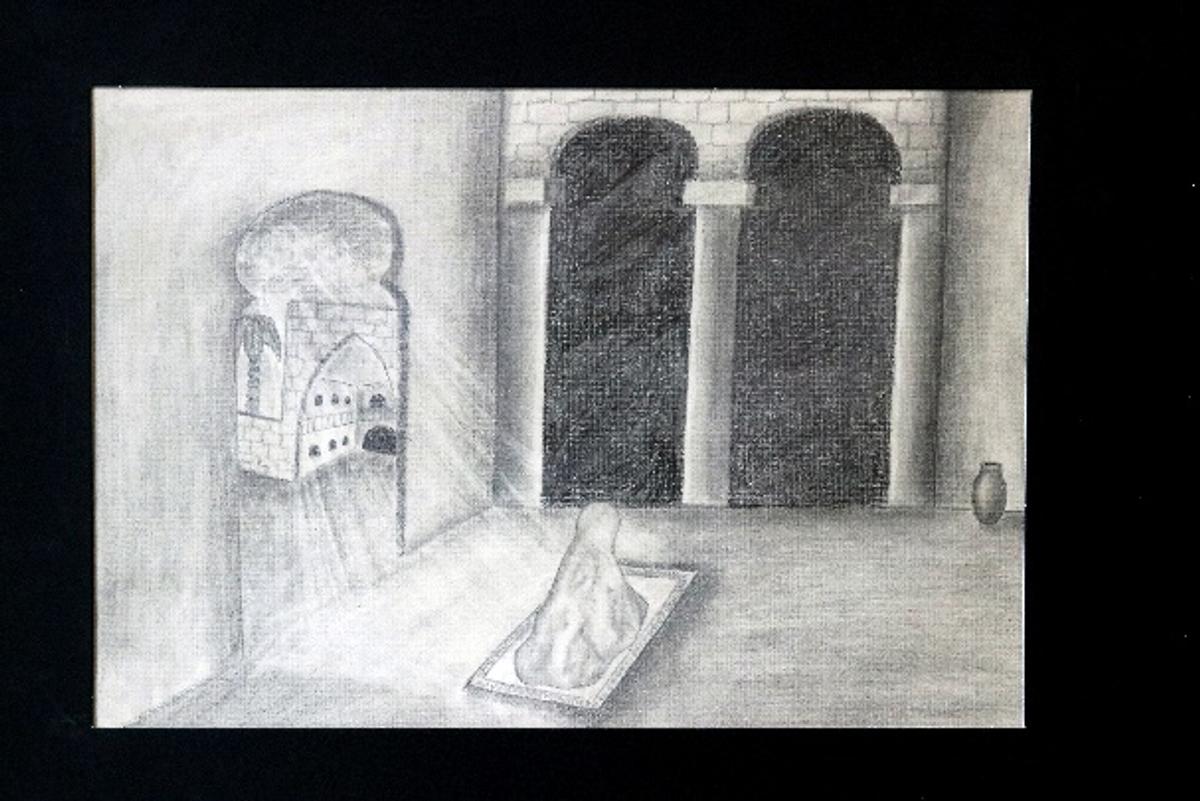







This semester students have been experimenting with different ways to create artworks using a variety of glass techniques. The first technique they tried was to create a mosaic. Designing their idea, they first selected their colours from System 96 glass. This is a glass that can be heated together in a kiln. Students learnt all about safety when working with glass and the proper ways to use a glass cutter, running and grossing pliers to break and shape their glass and finally using a grinder to smooth the edges. Jorden and Dakota’s work (below) are examples of this.
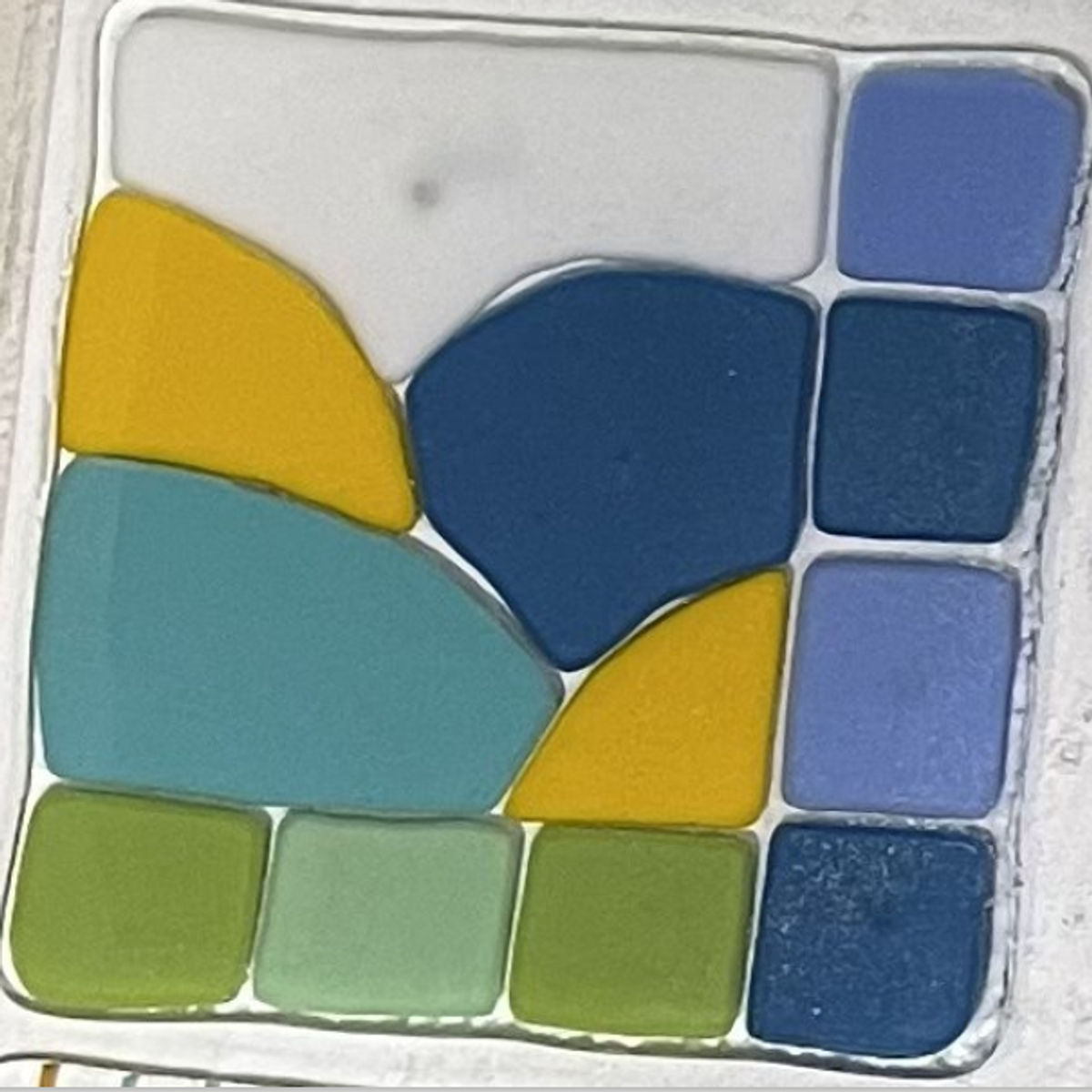
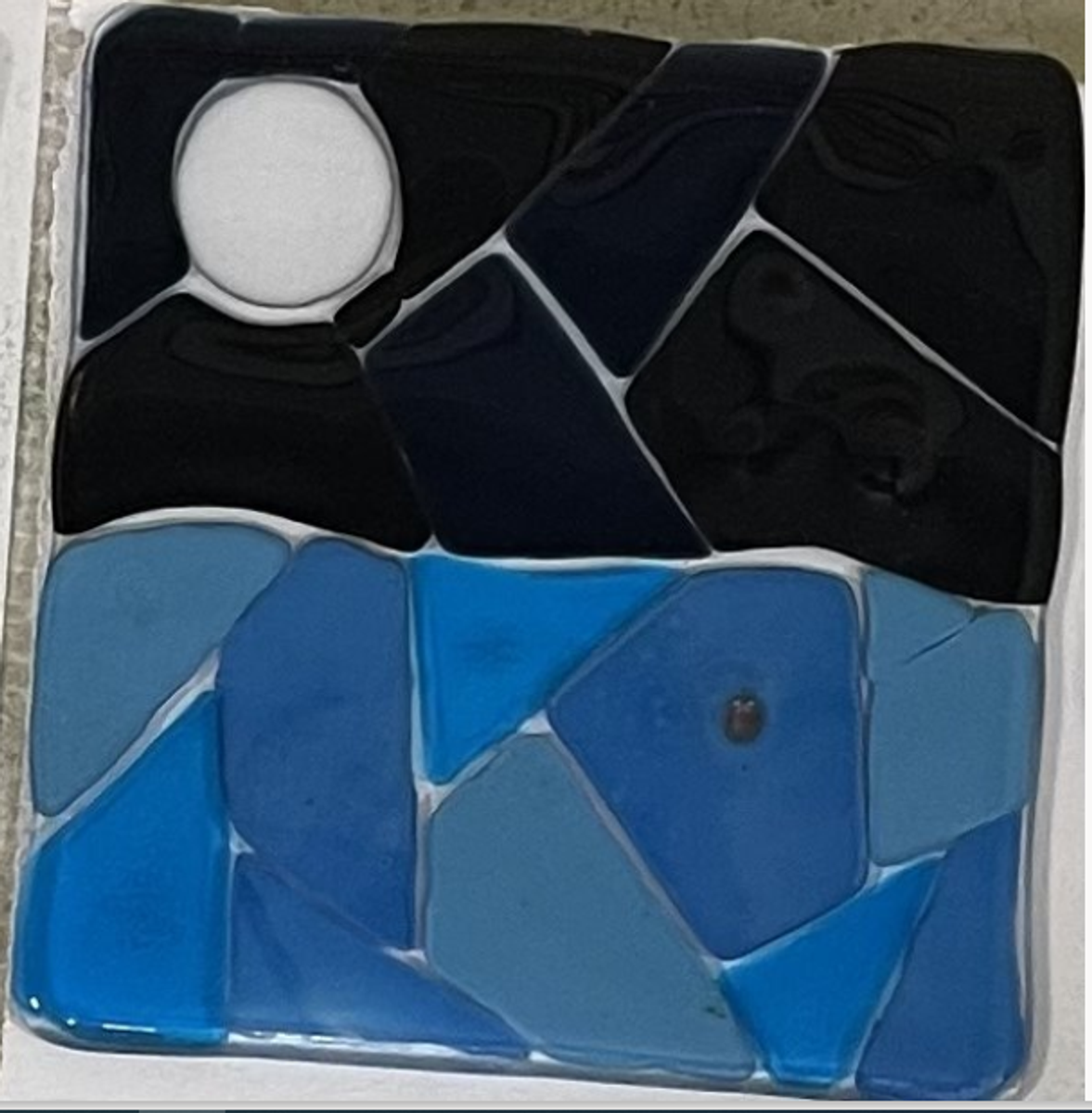


Another technique was Slumping. To create their artwork students used whiting powder. A powder used in both glass and ceramics. This was mixed to a consistency that could be applied, similar to using an icing bag and icing to decorate a cake. Patterns or designs were placed directly on a ceramic mould. A piece of 6mm glass was then placed on top.
Both the Mosaic and Slumped piece were placed in a kiln to be heated to join together, or formed in a mould. Maya and Charleigh’s work are examples of this.
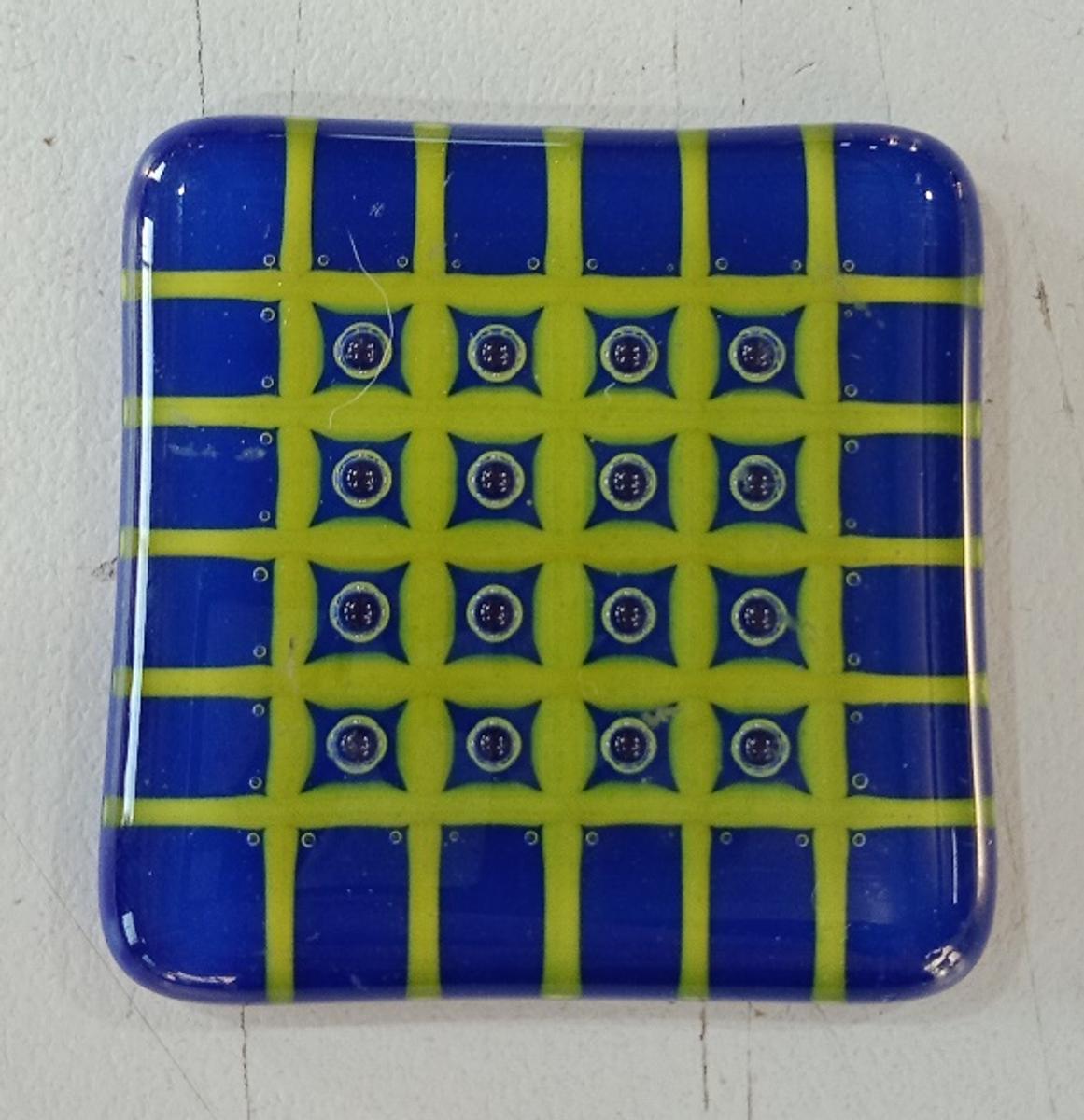
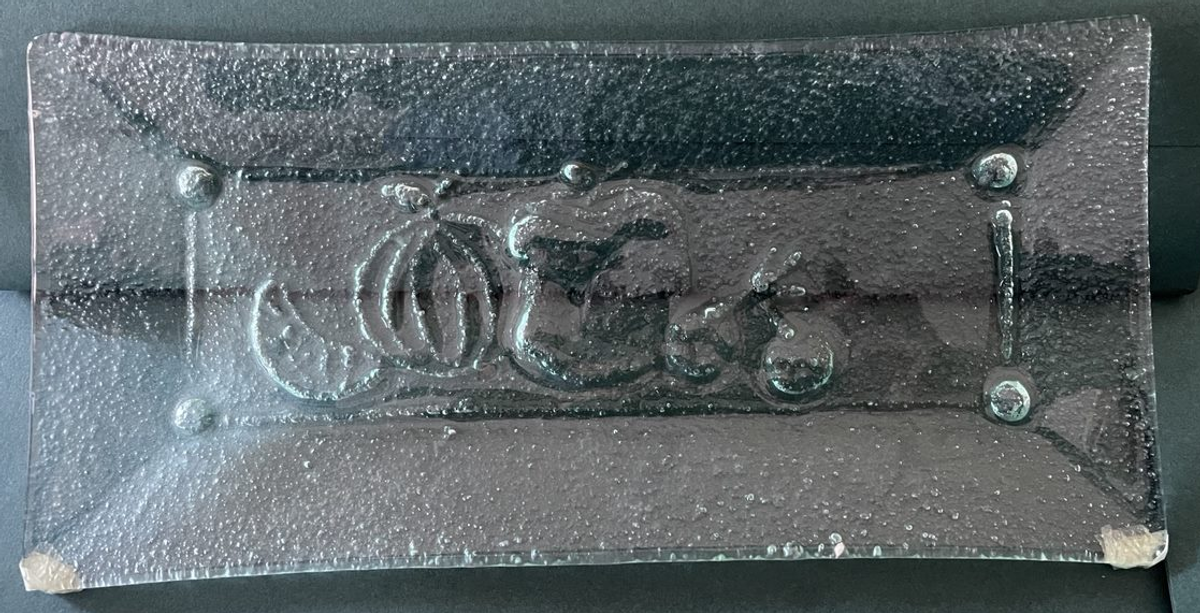


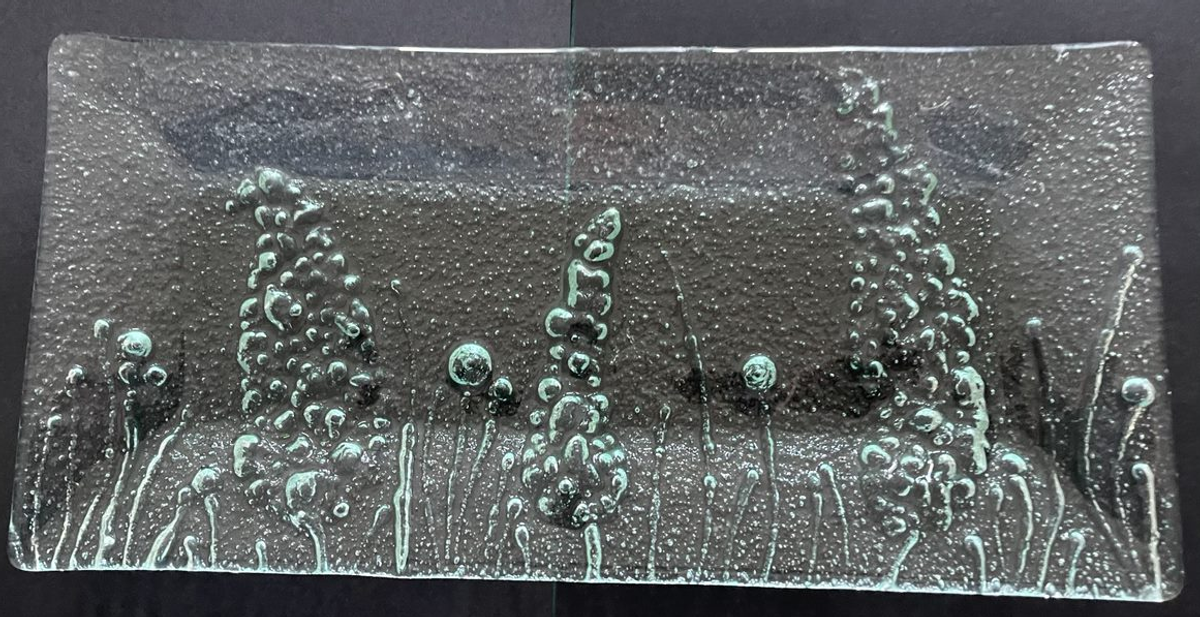

Other techniques used glass stringers, long straw like piece of glass joined between two pieces of 3mm glass, this technique was used to make a glass coaster. Bubbles, called “champagne bubbles” are captured as the glass is heated and slumped together. Students also started using copper foil and cathedral glass in preparation for making suncatchers.
Students did activities with both oil and dry/soft pastels and experimented with different techniques to create a variety of effects. They also researched various artists for inspiration to develop their own pastel artwork.
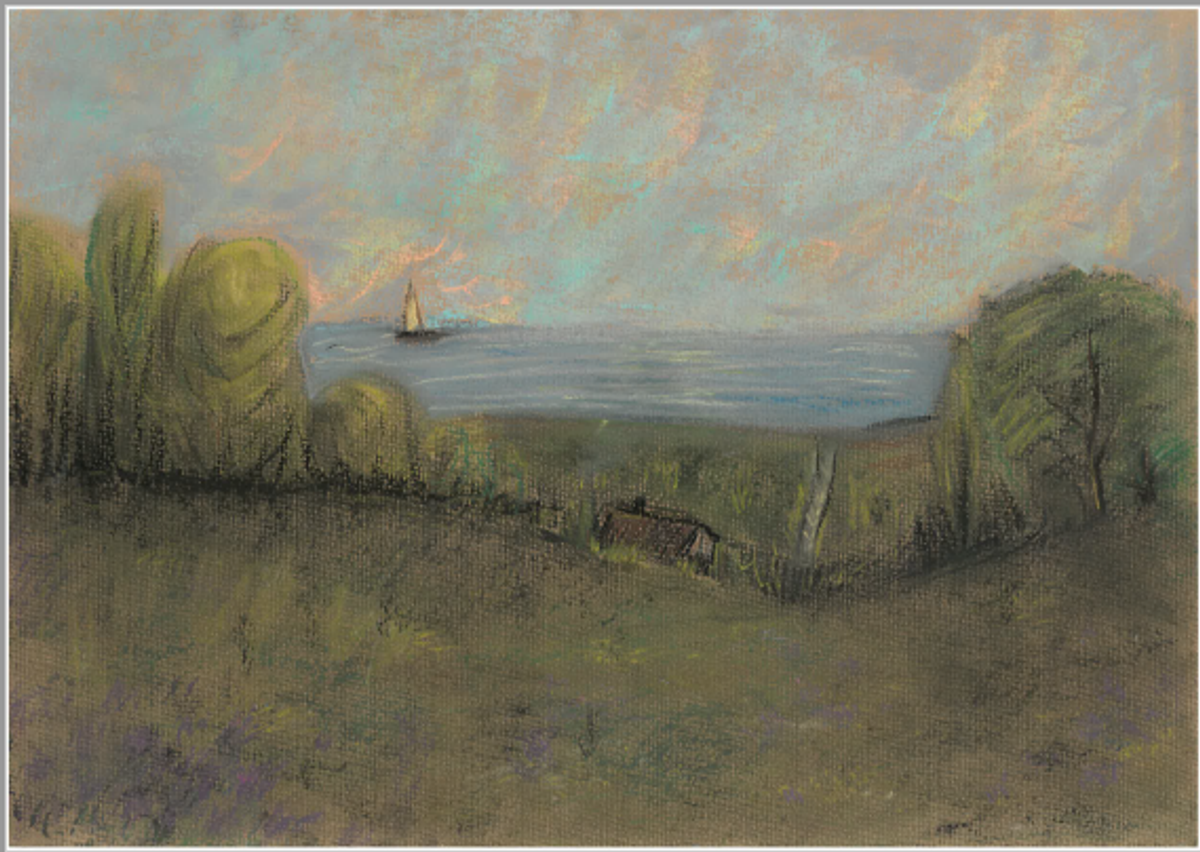
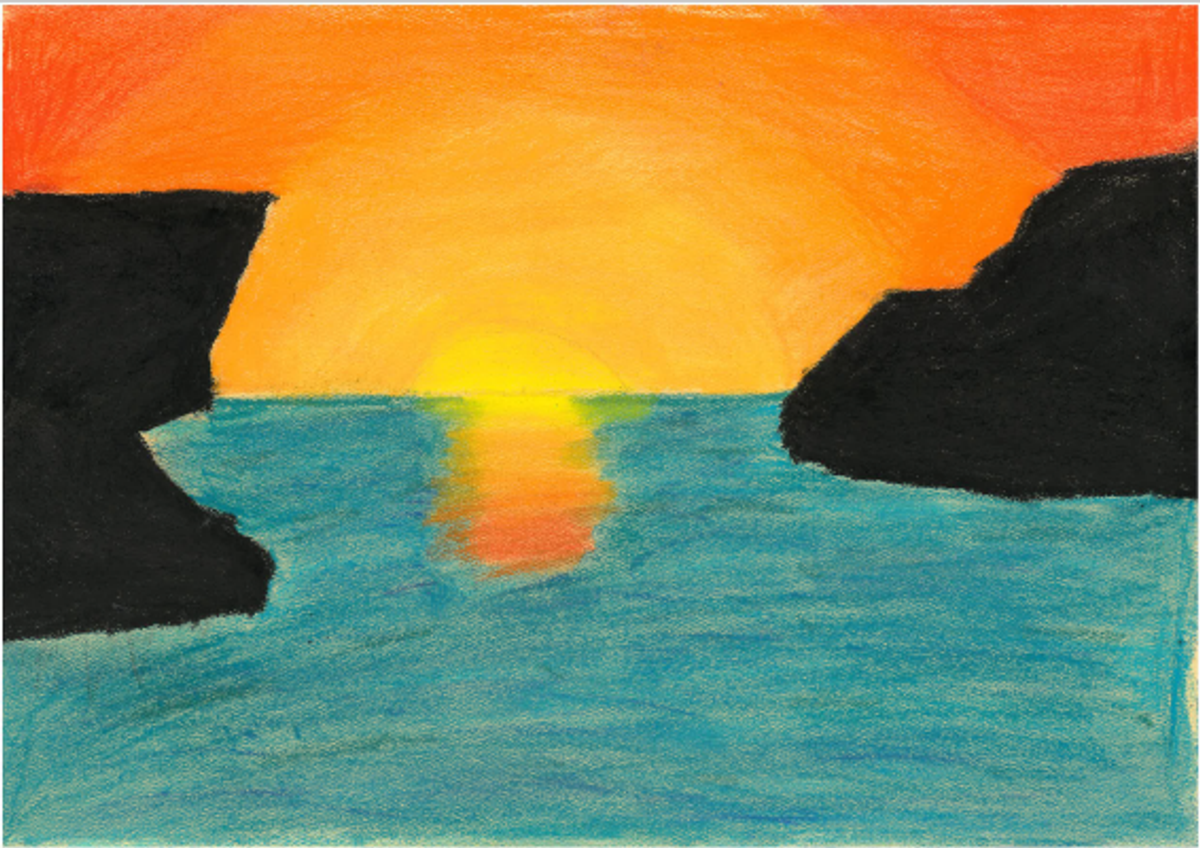


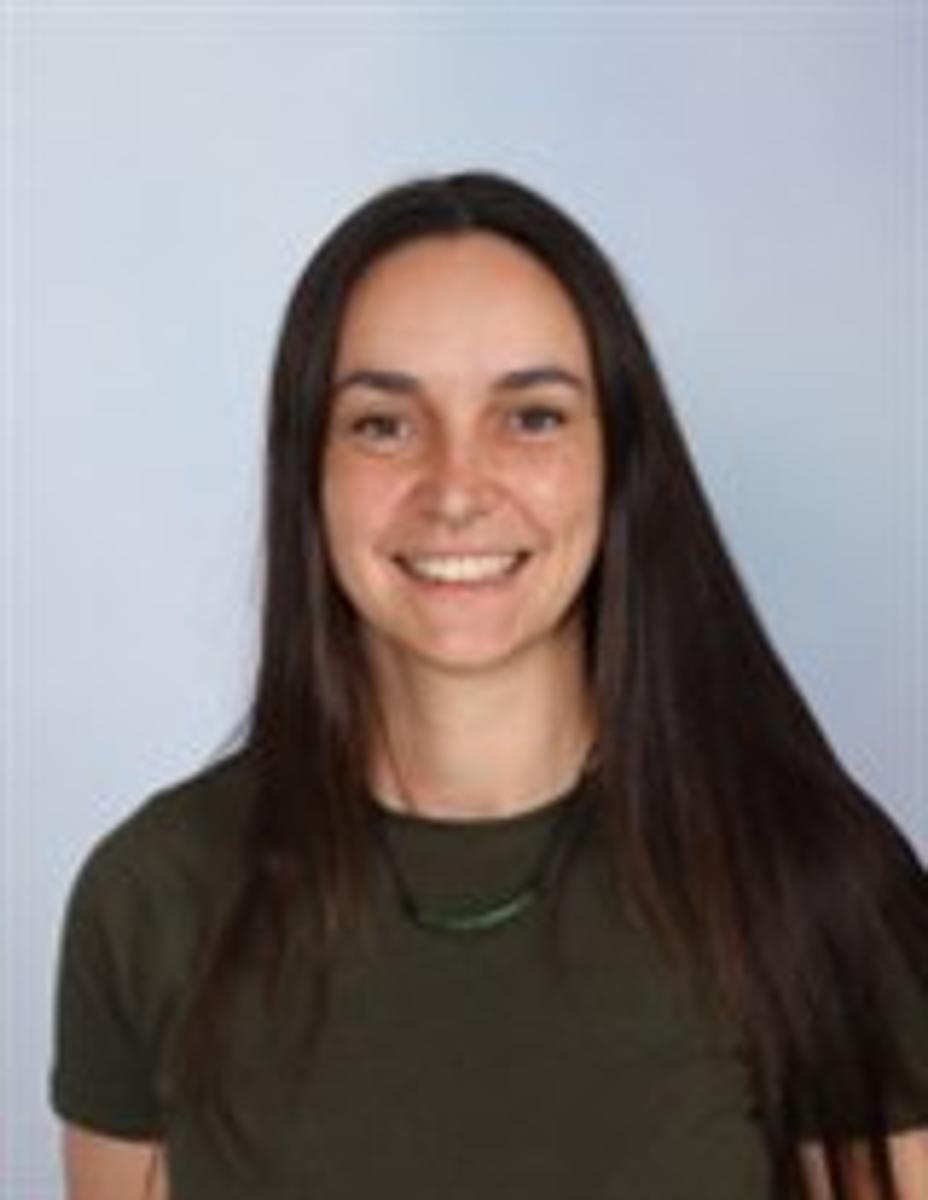

Alison Sealie
Art Domain Leader